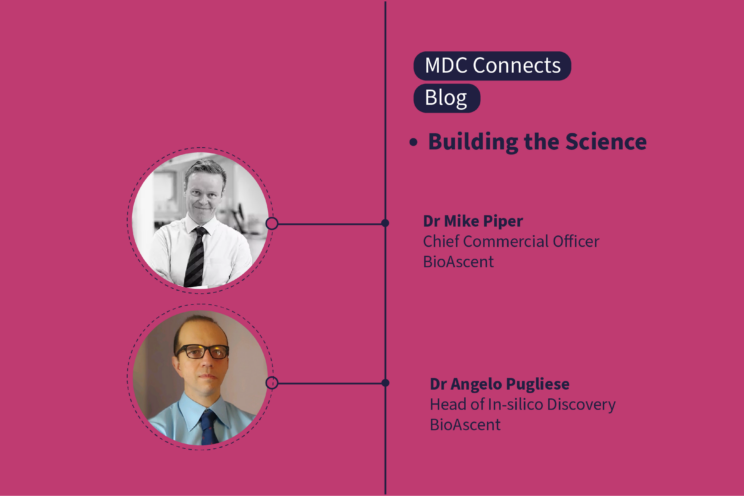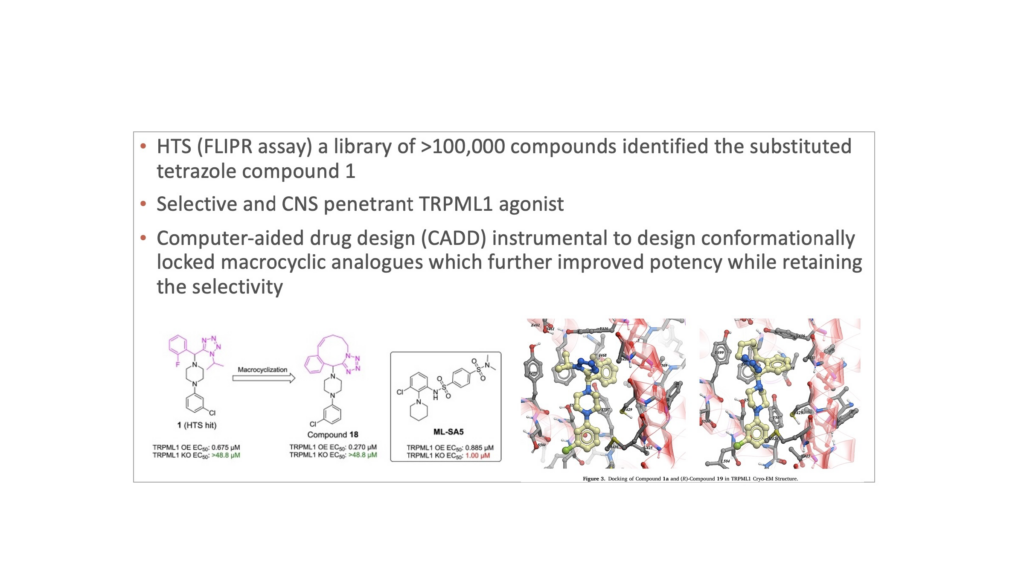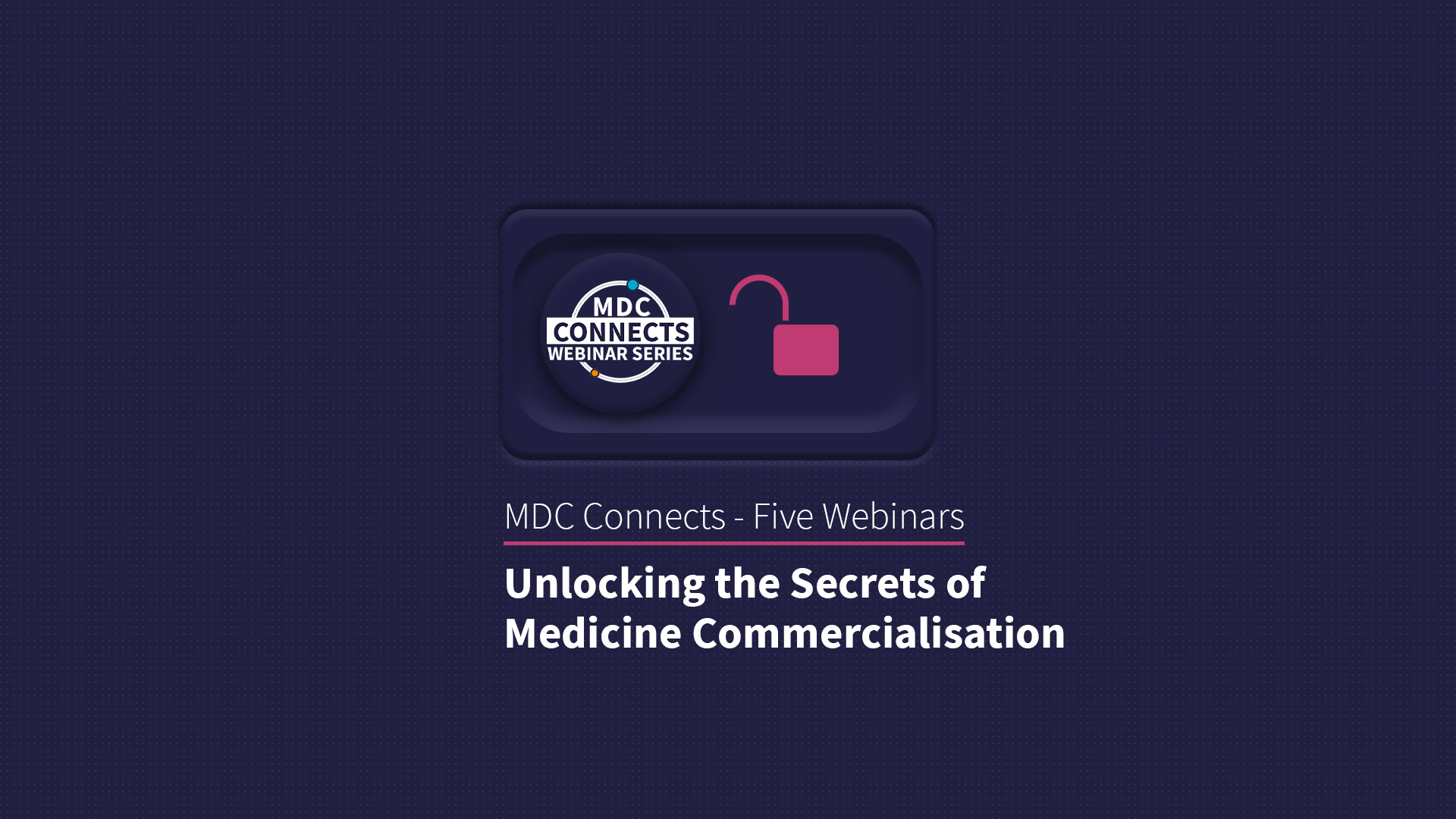How do I Find the Right CRO for my Project?
Dr Mike Piper Chief Commercial Officer and Dr Angelo Pugliese, Head of In-silico Discovery, BioAscent
28 June 2024


Why Work with a CRO?
A contract research organisation (CRO) can give flexible access to the right drug discovery capabilities and expertise – the ‘right’ CRO input is closely tailored to your specific drug discovery journey and aims.
Equally, there will be similarities in the challenges you face and those of companies that have trodden a similar path previously. For this reason it is good to partner with a CRO that has worked on comparable projects, one that has helped solve problems you are likely to encounter.
Ultimately, the right CRO can help you rapidly progress your project. They will have the right team in place, and they will definitely ‘get’ what it is you are striving to achieve. It is often the case that you will know whether you are in the right company when you meet a prospective CRO team. Ideally, when you talk with their scientists it will become clear that they can be a great fit for your drug discovery project.
From the CRO’s perspective, it is all about the people. A CRO’s primary asset alongside the physical factors of labs or equipment is their scientists, their expertise and track record of success.
Selecting the Right CROs
The process begins by establishing exactly what it is your project needs:
- Do you need to fill capability and expertise gaps in your organisation
- Do you require a scientific partner or simply a data generator
Selecting promising CRO candidates can be a time-consuming task, because the sector is large and full of diverse specialisms. There are a variety of ways to make the process easier and quicker:
- Medicines Discovery Catapult know this area well, and can help identify suitable candidates
- Consultants you already have contact with can also offer useful suggestions
- Recommendations from trusted sources are always helpful
- An simple internet search with your field and ‘CRO’ as a search term is clearly worth a try
Initial due diligence should include contacting your most promising candidates, to discover:
- Have they got experience of projects similar to your own
- Do the scientists offer the disciplines and capabilities you need, to a high standard
- Do they have relevant target class experience
- Check they are not conflicted, and working on a competitor’s target that is the same as your own
- Ask for quotes
With the field narrowed down, a subsequent bidding process can reveal more than just facts and figures.
If the CRO is difficult to get information from, if their programme does not seem closely tailored to your spec and if you suspect they are simply interested in selling you a few ‘pairs of hands’, that CRO is probably not what you need.
The quality – or otherwise – of the scientific input delivered in the bid can also be a useful indicator of the CRO’s actual interest in your project.
Ultimately, the price is obviously a powerful deciding factor.
Making the Choice
All of the above are valid discriminators in making the right choice.
Additionally, it is also important to be assured that the scientists you speak with initially are those who will be involved with the project moving forward. It is not unknown for the senior scientists you first encounter to be replaced by the ‘B team’ when work commences.
Customer references can also be very helpful in informing your decision, so these are always worth asking for.
If there is one guiding principle to remember, it is that you should talk to at least two or three of your most preferred CRO options – it is generally the case that you will know the right people when you interact with them.
Arkuda Therapeutics
A Case Study in Client Needs and Delivered Solutions: Discovery of Novel TRPML1 Agonists
CRO BioAscent recently worked with Boston-based Arkuda Therapeutics on their project to discover novel Transient Receptor Potential Mucolipin 1(TRPML1) agonists.
TRPML1 is an ion channel found within lysosomes. Mutations and dysfunction of this channel are associated with several conditions, including neurodegenerative diseases such as Alzheimer’s, Amyotrophic Lateral Sclerosis (ALS) and Parkinson’s.
Advantages for Arkuda
The Skills Gap Fit
Arkuda needed to discover novel small molecule TRPML1 agonists, with a resultant requirement for expertise in hit-finding technologies, specialised skills and resources such as structure-based drug discovery (SBDD) and computer-aided drug design (CADD).
BioAscent with its proven track record in drug discovery provided an ideal fit. The CRO offered high-throughput screening (HTS) of compounds, utilising their own 100,000-plus library of IP-free assets. Highly experienced biologist and in-silico teams also brought their expertise to bear on the project.
The Collaboration Process
For BioAscent this project was characterised by three distinct stages:
- Understanding Arkuda’s goals and the biological target
- Designing and running HTS to find potential hits – several were discovered
- Computational chemistry to design better ligands, to improve their binding affinity and properties
The Result
Following BioAscent’s Fluorometric Imaging Plate Reader (FLIPR) assay, one compound that ticked many boxes was discovered; a selective and CNS penetrant TRPML1 agonist – shown bottom left below, numbered 1.
CADD was then used to design conformationally-locked macrocylic analogues, to further improve potency while maintaining selectivity and CNS penetration – compound 18 in the diagram.
The Advantages of CRO Collaboration for Arkuda
- A significantly accelerated discovery process compared to using only in-house capabilities
- A cost-effective approach using BioAscent’s well-established HTS platforms
- Access to specialised computational skills and cutting-edge technologies
- The identification of promising novel TRPML1 agonists with potential for therapeutic development
Dr Mike Piper Chief Commercial Officer and Dr Angelo Pugliese, Head of In-silico Discovery, BioAscent




